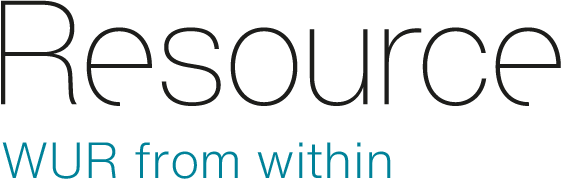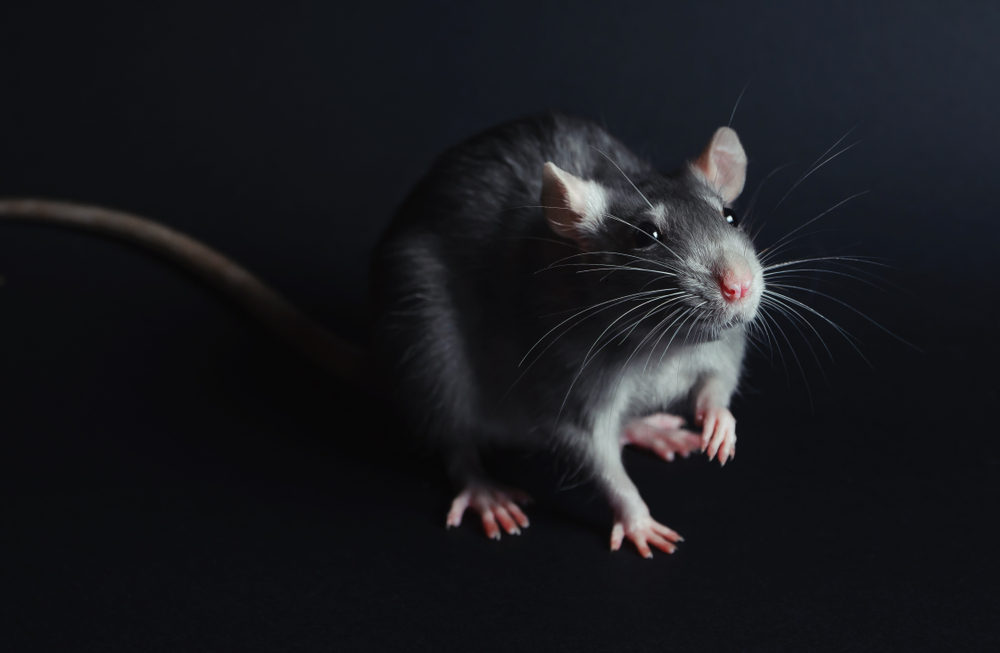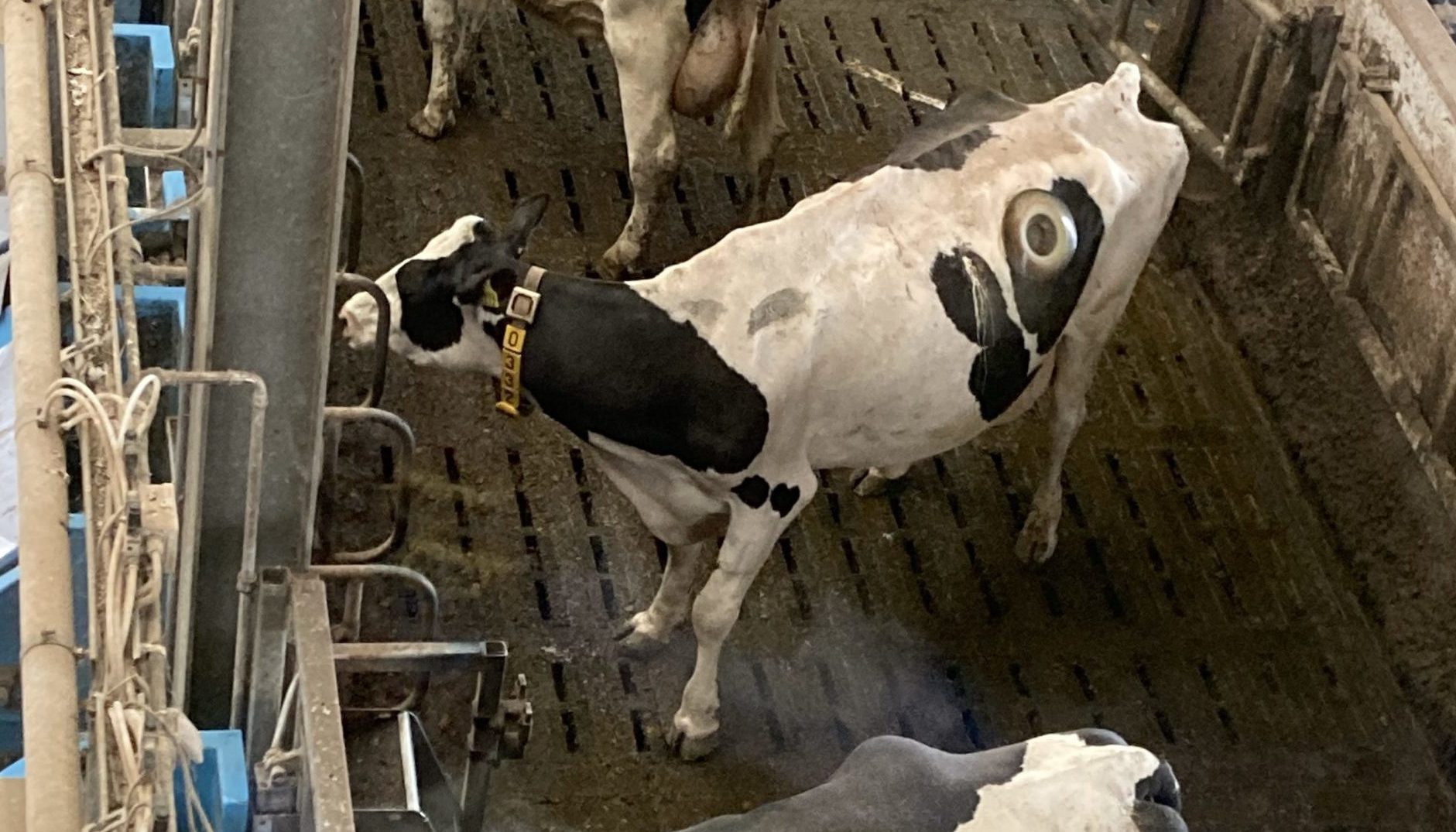WUR recorded 7 per cent more animal tests last year than in 2023. That increase was largely due to two big fish research projects. If fish studies are excluded, the number of animal trials at Wageningen shows a downward trend. These findings come from the 2024 annual report on animal experiments, which was published last week.
Fish research had a big impact on the number of animal tests and experimental animals in 2024. Most of the fish were used in two specific projects: one on fish migration and one on fish stock monitoring, which is a statutory task. Such studies soon involve large numbers of animals. One of the projects in question recorded the use of 17,873 fish, mainly eels (17,593).
If the fish studies are excluded, the number of animal tests shows a downward trend. The coordinator, whose name is not made public for safety reasons: ‘It might be catchier if I could give one specific reason for the downward trend, but there isn’t one. Our animal trials are falling because of the three R’s — in all respects.’ The three R’s are a well-known concept in the animal experiment field, standing for Replacement, Reduction and Refinement. These are the three ways for cutting the number of animal experiments and the number of animals used, and making tests less distressing for the animals, whether in research, education or diagnostic testing. But the coordinator adds that WUR will not be able to eliminate animal testing entirely. ‘That’s even acknowledged by the lab animal campaign group Proefdiervrij, which recently visited the campus at the invitation of WUR.’
Technological alternatives
In the past few years, considerable progress has been made in finding technological alternatives to animal experiments, including at WUR. A good example is the biodiversity sensing box. It lets researchers take water samples and use the e-DNA in the samples to work out what living creatures were present in the sampling area. Furthermore, digital twins and organoids are increasingly viable as good alternatives for animal testing.
The progress made at Wageningen in this respect is largely thanks to the Next-Level Animal Sciences (NLAS) innovation programme, with funding of 12 million euros, which finished at the end of 2024. It is not yet clear whether there will be a follow-up. ‘But even if there is a follow-up project, it won’t have a budget anywhere near that size, given the current cutbacks,’ says the coordinator, tempering any excessively high expectations.
International shadow
International developments are another reason why a slowdown can be expected over the next few years in the decline in the number of animal experiments, warns the coordinator. ‘The present situation in the US means that the free exchange of knowledge and data can no longer be taken for granted. Europe or the Netherlands may need to do more animal testing simply because we no longer have access to American animal testing data. And if American researchers are no longer able to share their knowledge and experiences of technological alternatives to animal experiments to the same extent, we will of course also make less progress in that area.’
The annual report (in Dutch only), with all the details of the numbers of animals used per species and with a breakdown by test purpose, can be found online in the animal testing dossier at wur.nl.

 Photo Shutterstock
Photo Shutterstock 

